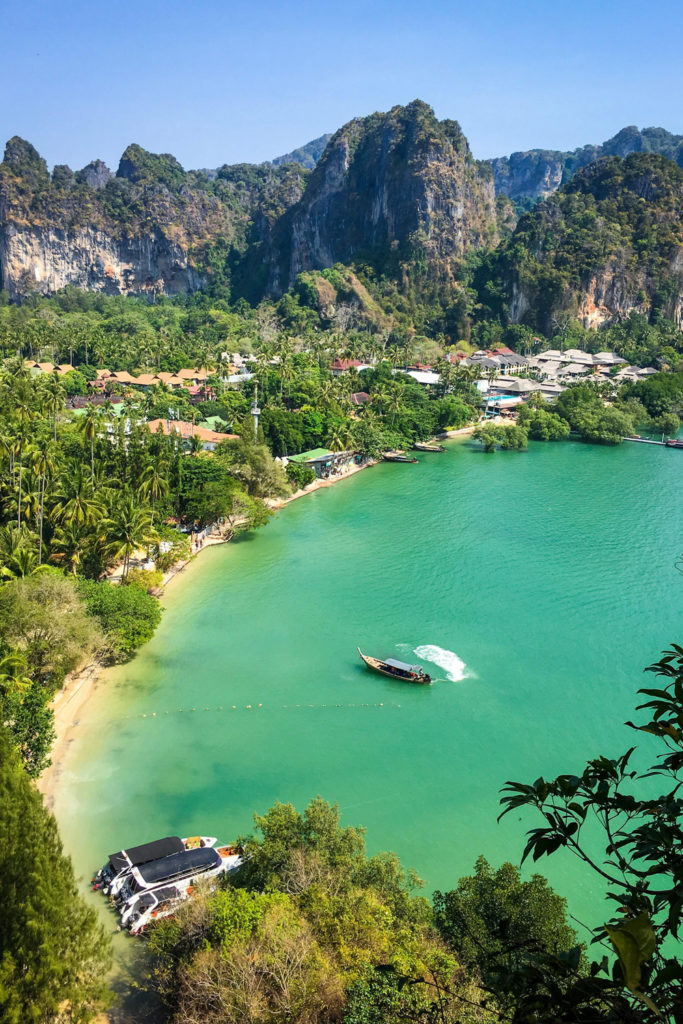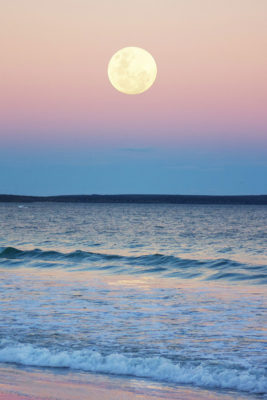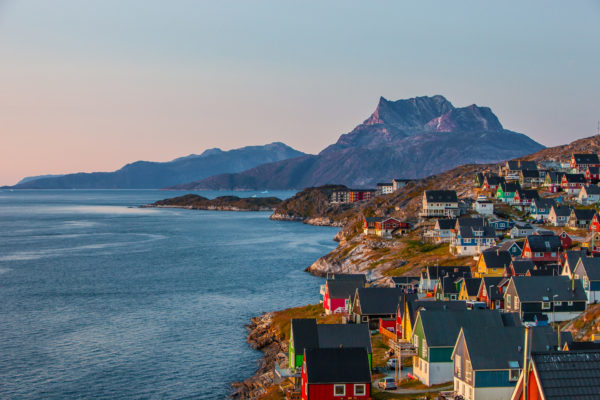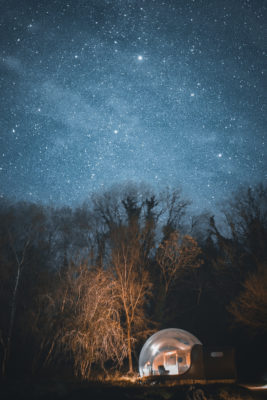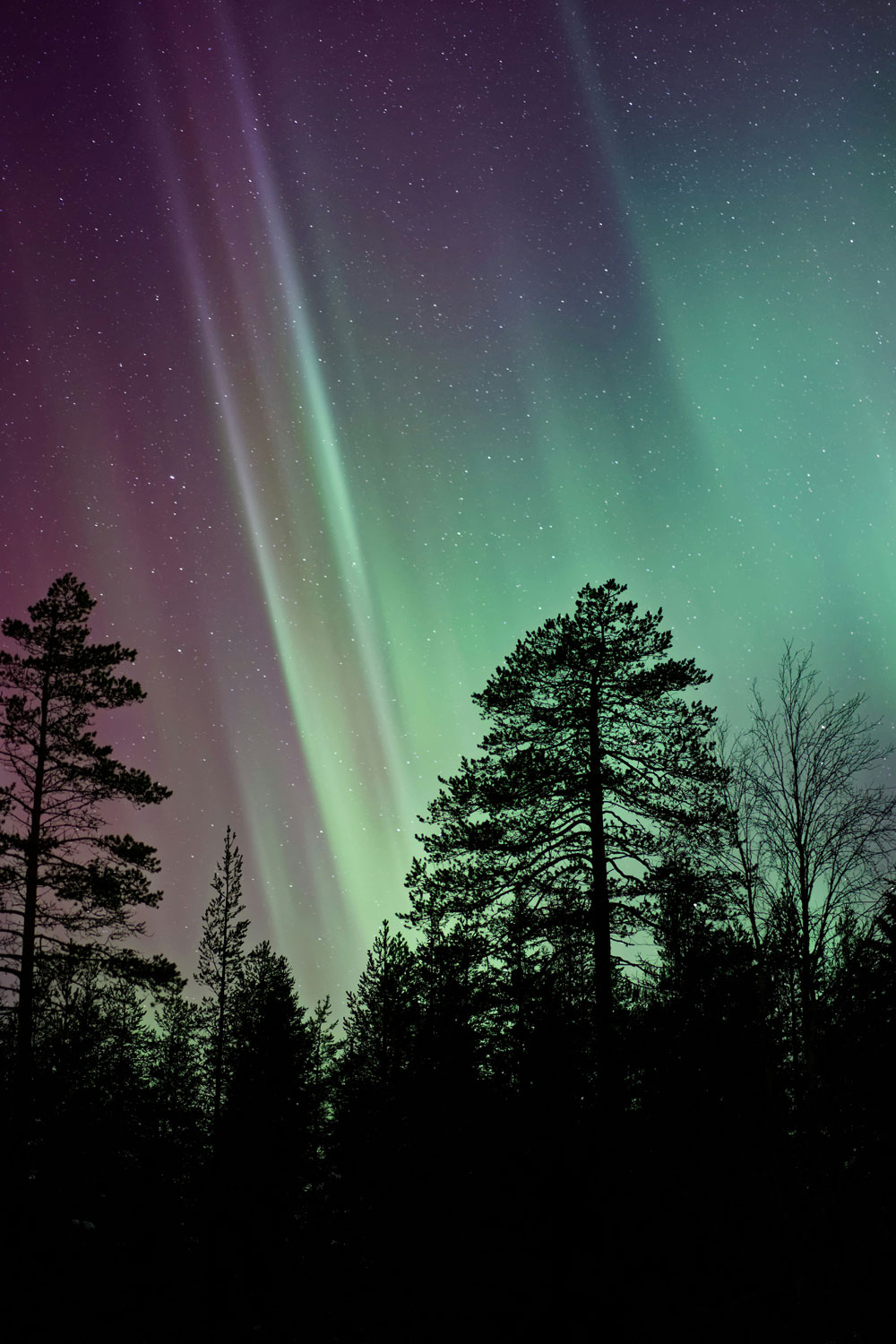
A Guide To The Northern Lights
By
6 months ago
According to the world's first Chief Aurora Chaser
We’ve been experiencing intense aurora activity of late, with shades of greens, purples, and blues filling our skies, but what are the Northern Lights exactly, and what’s the science behind them? The best time to see them is now until March, so it’s an ideal opportunity to learn more about these magical light shows, courtesy of Tom Kerss F.R.A.S., astronomer and the world’s first Chief Aurora Chaser. Cool job, right?
He has plenty of experience under his (aurora) belt, having worked at the Royal Observatory in Greenwich for six years, and then onto Hurtigruten, the go-to for Norwegian coastal voyages, where he was appointed their official Chief Aurora Chaser earlier this year. Now you’ll find him on the fjords chasing aurora borealis and sharing his knowledge with passengers. An author too, he’s penned several books about the night’s sky for both adults and children, so who better then, to offer his expert intel?
A Guide To The Northern Lights
Q&A with Aurora Chaser Tom Kerss
What’s the history of the Northern Lights?
The Northern Lights is nature’s most compelling sky-bound phenomenon, and it’s no surprise that we find a rich collection of aurora myths passed down to us by a wide variety of cultures. In places where auroras were seldom seen, such as the Mediterranean, their appearance as a red glow over the horizon – perhaps evocative of fire or blood in the sky – led to them being regarded as bad omens. But from the people of the far north, the native people of the Arctic, we receive a deeper, more complex set of stories. These tales often reflect more positive and spiritual perspectives, which include nature, the souls of loved ones lost, and transcendent experiences of other worlds. Beginning with Greek philosophers, and much later advanced by Arctic researchers, scientists have traced the processes that give rise to auroras, all the way back to their origin at our star the Sun. Yet still, mysteries remain for future generations to ponder.
What’s the science behind it?
The Northern Lights may be best described as a visible expression of an otherwise invisible domain – the space weather environment. The Earth and every other part of the Solar System is continuously bathed by a radiation called solar wind – particles streaming away from the Sun’s atmosphere. As the solar wind interacts with our planet’s protective magnetic field, some of it is sifted into a radiation belts that surround the Earth. The magnetic field itself plays a crucial role, occasionally giving energy to these solar particles, and accelerating them towards the geomagnetic poles, where they form electric currents that give rise to auroras.
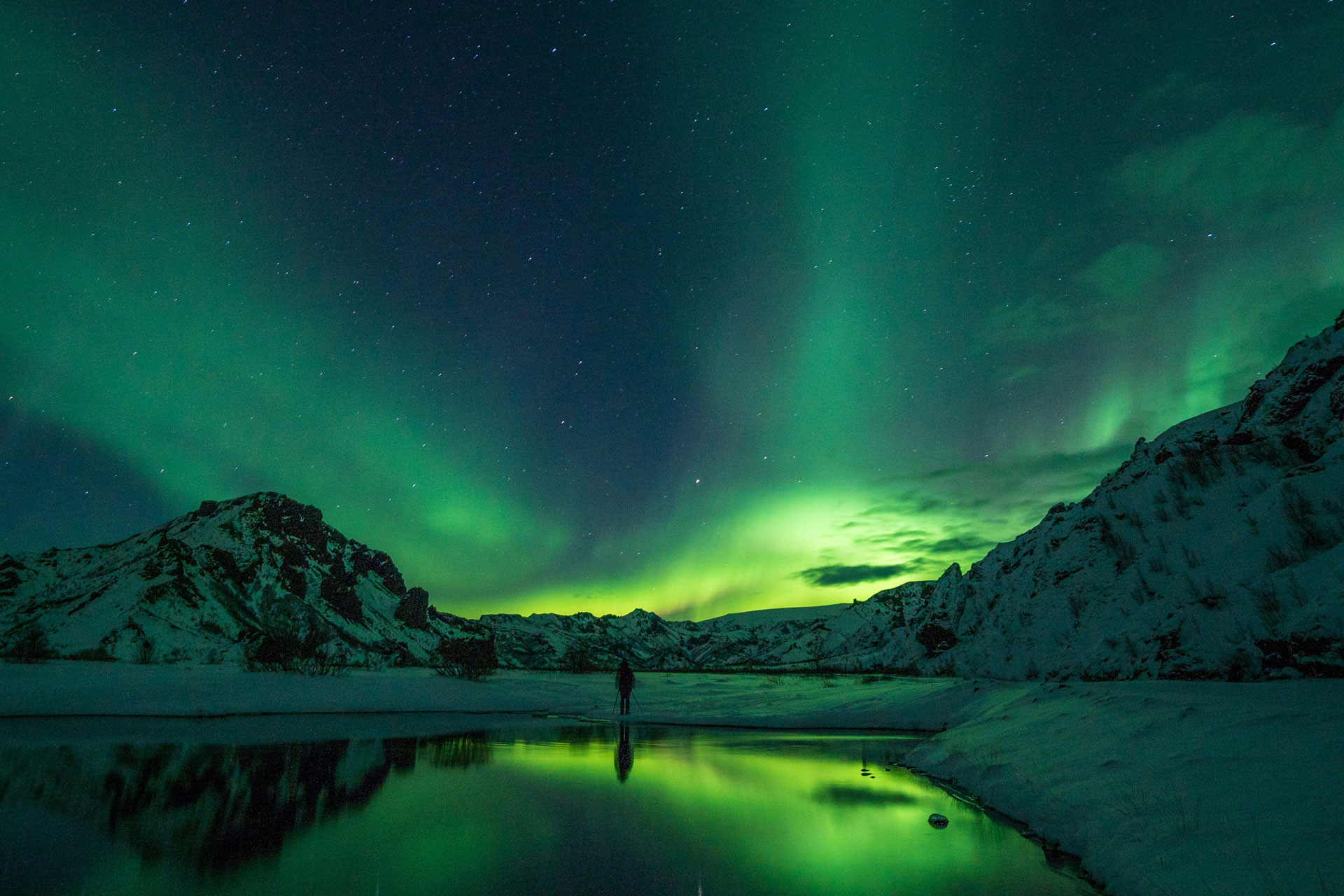
Unsplash
How do they form?
Auroras form high above our heads, between roughly 60-600 miles, in a region of the atmosphere known as the ionosphere. The currents formed by solar particles (mostly electrons) accelerated by the Earth’s magnetic field, give energy to the sparsely spread oxygen atoms that populate the ionosphere. This imparted energy is temporarily held by the atoms, but ultimately given back in the form of light. This two-stage process of receiving and releasing energy is called excitation and emission. Excited oxygen high up in the ionosphere releases primarily red light. At lower altitudes, over-exited, more densely packed oxygen atoms release green light, forming the curtains that are familiar to Arctic denizens but rarely seen elsewhere. Molecular nitrogen also plays a role at lower altitudes, releasing both blue and red light, which may form a pink band at the bottom of the curtain during intense displays. As the Earth’s magnetic field rolls and ripples under the influence of the auroral currents, the curtains of light appear to dance in the sky – often slowly, but sometimes with incredibly speed.
When and where can we see them?
On very rare occasions, the Northern Lights will visit us at latitudes below the Arctic. But in such cases, we are seeing the tail of the animal. To ensure a brilliant view of the whole thing, we need to go north. Arctic Norway, where the Northern Lights were named and finally deciphered, is a beautiful location from which to see impressive auroral displays. Other locations in the Arctic offer their own charm. However, Arctic latitudes experience long hours of daylight in summer, and by definition some period of permanent sunlight around the summer solstice. To see auroras, we need dark skies. The season begins in late August and ends at the beginning of April, but if you’re looking to travel when activity is potentially enhanced, and enjoy slightly more clement weather, you should consider the equinoxes (late September and late March).
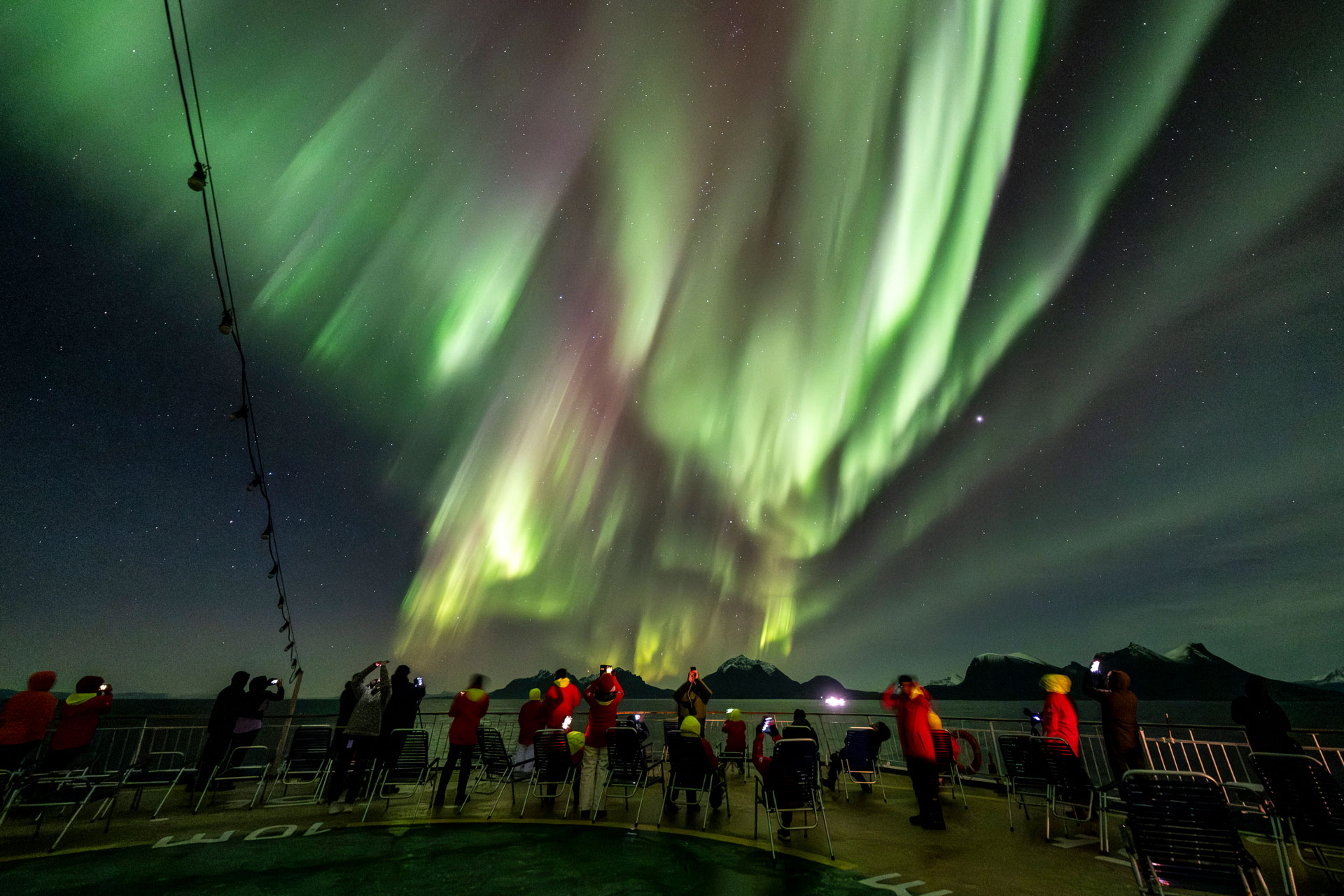
Photo by Tommy Simonsen
Any more tips?
It’s understandable that budding aurora-chasers want to take their own photos, but I recommend not overthinking it. You don’t need much equipment these days to take a wonderful photo. Any smartphone made within the last few years will be able to do it. Try not to get too carried away with photography. Take ample time to enjoy the sight with your eyes alone. You can’t share the pictures you make in your mind, but you can feel them, and it’s the things we don’t photograph that we tend to remember more vividly. I wish you clear and colourful skies!
BOOK IT
Rates start from £1,786 per person for The North Cape Line voyage. hurtigruten.com
Pick up a copy of Northern Lights: The definitive guide to auroras by Tom Kerrs.



